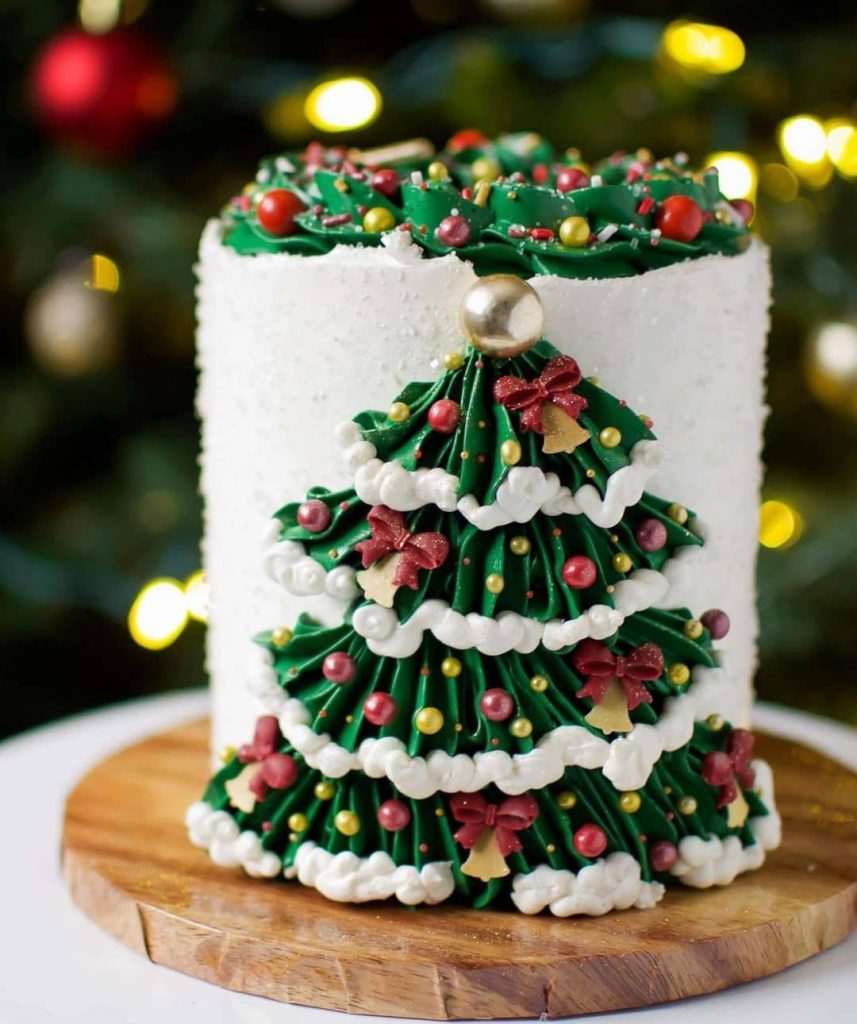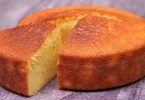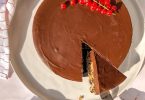
Ingredients
For the cake
175g/6oz raisins
350g/12oz natural glacé cherries, halved, rinsed, and thoroughly dried
500g/1lb 2oz currants
350g/12oz sultanas
150ml/¼pt brandy or sherry, plus extra for feeding
2 oranges, zest only
250g/9oz butter, softened
250g/9oz light or dark muscovado sugar
4 large free-range eggs, at room temperature
1 tbsp black treacle
75g/3oz blanched almonds, chopped
275g/10oz plain flour
1½ tsp mixed spice
For the covering
about 3 tbsp apricot jam, warmed and sieved
icing sugar
675g/1lb 8oz marzipan
For the royal icing
3 free-range eggs, whites only
675g/1½lb icing sugar, sifted
3 tsp lemon juice
1½ tsp glycerine
Method
• For the cake, place all the dried fruit, including the cherries, into a large mixing bowl, pour over the brandy and stir in the orange zest. Cover with clingfilm and leave to soak for three days, stirring daily.
• Grease and line a 23cm/9in deep, round tin with a double layer of greased greaseproof paper. Preheat the oven to 140C/120C Fan/Gas 1.
• Measure the butter, sugar, eggs, treacle and almonds into a very large bowl and beat well (preferably with an electric free-standing mixer). Add the flour and ground spice and mix thoroughly until blended. Stir in the soaked fruit. Spoon into the prepared cake tin and level the surface.
• Bake in the centre of the preheated oven for about 4-4½ hours, or until the cake feels firm to the touch and is a rich golden brown. Check after two hours, and if the cake is a perfect colour, cover with foil. A skewer inserted into the centre of the cake should come out clean. Leave the cake to cool in the tin.
• When cool, pierce the cake at intervals with a fine skewer and feed with a little extra brandy. Wrap the completely cold cake in a double layer of greaseproof paper and again in foil and store in a cool place for up to three months, feeding at intervals with more brandy. (Don’t remove the lining paper when storing as this helps to keep the cake moist.)
• The week before you want to serve, begin covering the cake.
• For the covering, stand the cake upside down, flat side uppermost, on a cake board which is 5cm/2in larger than the size of the cake.
• Brush the sides and the top of the cake with the warm apricot jam.
• Liberally dust a work surface with icing sugar and then roll out the marzipan to about 5cm/2in larger than the surface of the cake. Keep moving the marzipan as you roll, checking that it is not sticking to the work surface. Dust the work surface with more icing sugar as necessary.
• Carefully lift the marzipan over the cake using a rolling pin. Gently level and smooth the top of the paste with the rolling pin, then ease the marzipan down the sides of the cake, smoothing it at the same time. If you are careful, you should be able to cover the cake with no excess marzipan to trim but, if necessary, neatly trim excess marzipan from the base of the cake with a small sharp knife. Cover the cake loosely with baking parchment and leave for a few days to dry out before adding the royal icing.
• For the royal icing, whisk the egg whites in a large bowl until they become frothy. Mix in the sifted icing sugar a tablespoonful at a time. You can do this with a hand-held electric whisk, but keep the speed low.
• Stir in the lemon juice and glycerine and beat the icing until it is very stiff and white and stands up in peaks.
• Cover the surface of the icing tightly with clingfilm and keep in a cool place until needed.
• To ice the cake, place all the icing onto the top of the cake. Spread evenly over the top and sides of the cake with a palette knife. For a snow-peak effect, use a smaller palette knife to rough up the icing.
• Leave the cake loosely covered overnight for the icing to harden a little, then wrap or store in an airtight container in a cool place until needed.







Leave a Comment